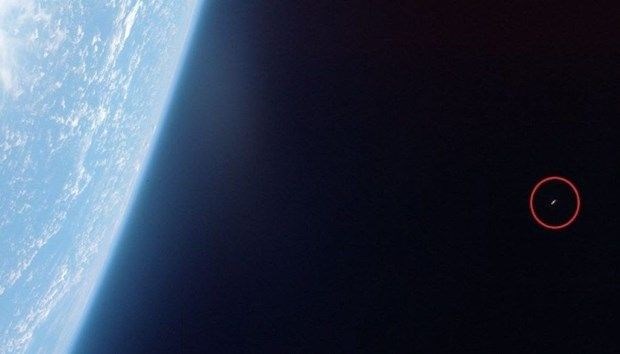There are several methods to generate electrical energy from wave motions, some of which are still in the experimental stage. Here are ten of the most important methods:
1 – Oscillating Water Columns (OWCs) – OWCs use the rise and fall of water columns in a chamber to drive a turbine and generate electricity.
2 – Point Absorbers – Point absorbers are buoy-like devices that capture wave energy and convert it to electricity using a hydraulic system.
3 – Oscillating Wave Surge Converters (OWSCs) – OWSCs use the motion of the waves to generate electricity by harnessing the horizontal and vertical motion of the waves.
4 – Wave Rollers – Wave rollers use the motion of the waves to drive a series of hydraulic pistons, which in turn generate electricity.
5 – Sea Snakes – Sea snakes are long, flexible devices that capture wave energy and convert it to electricity using a hydraulic system.
6 – Overtopping Devices – Overtopping devices use the force of the waves to push water up and over a barrier, which then falls through a turbine and generates electricity.
7 – Wave Energy Converters (WECs) – WECs capture the kinetic and potential energy of the waves and convert it to electricity using various methods.
8 – Floating Systems – Floating systems use a floating platform with a system of buoys, pumps, and turbines to convert the motion of the waves into electricity.
9 – Underwater Kites – Underwater kites are tethered to the sea floor and use the motion of the waves to generate electricity by moving a turbine.
10 – Diaphragm Devices – Diaphragm devices use the pressure changes in a chamber to drive a turbine and generate electricity.
It’s worth noting that some of these methods are still in the experimental stage and may not be commercially viable yet.












